Sewing inspo students always come up with some interesting questions each day. Some day it’s about learning new things or some day it’s about comparing stitches like flatlock stitch vs overlock.
Today they came up and asked, Isn’t coverstitch vs serger stitch the same? 🤔
‘No! 1st of all, serger stitch isn’t actually any stitch. It’s the combination of all kinds of stitches you can do on a serger machine. But overlock stitch is often considered as serger stitch. And cover stitch is for securing the seam allowance.’ I said
They then asked, How do they differ?
Serger Vs Coverstitch
Coverstitch creates stretchy, professional-looking hems, while serger stitches trim and finish seams to prevent fraying.
Oh ok! Let’s do it practically, then, and see the difference. They said and jumped into stitching, comparing serger vs overlock vs coverstitch.
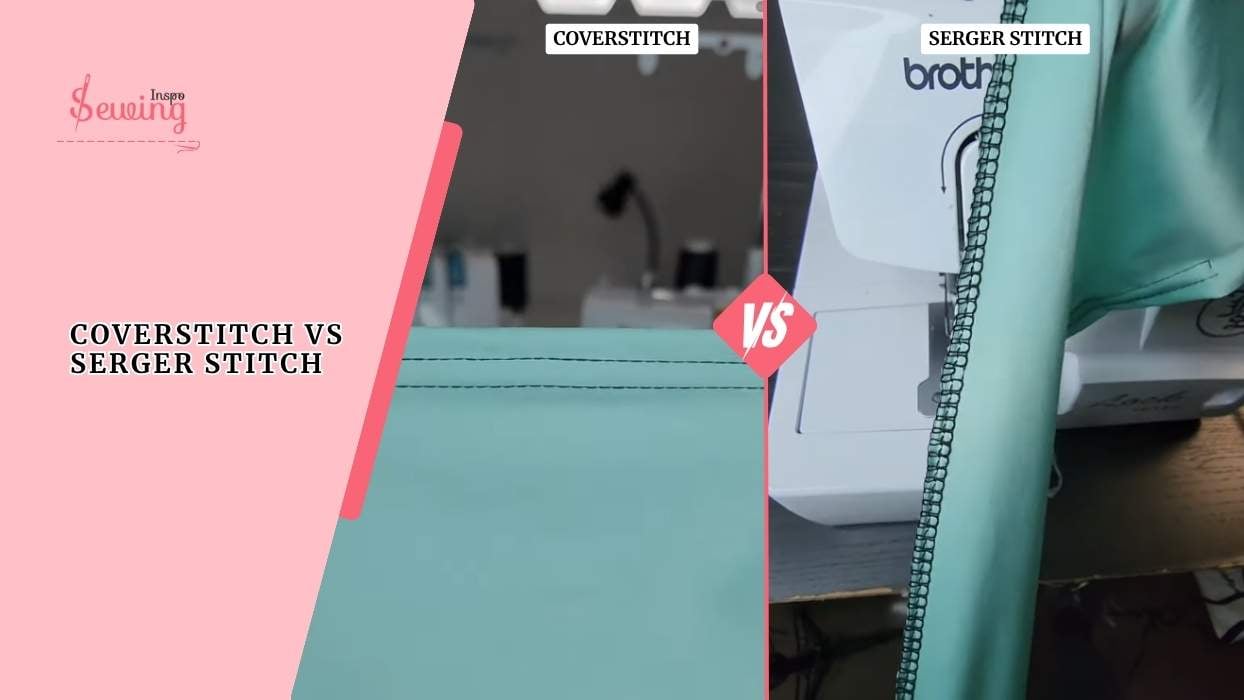
Table of Contents
What Is a Serger Stitch, Really?
One of them asked, “Aren’t serger stitch and coverstitch the same?” and I had to jump in,because nope, not quite.
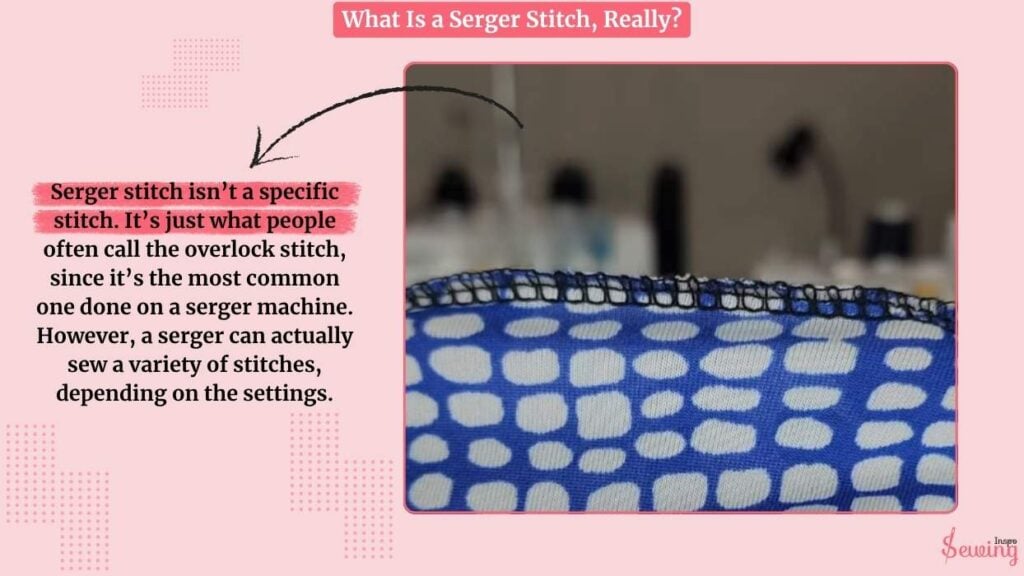
Serger stitch isn’t a specific stitch. It’s just what people often call the overlock stitch, since it’s the most common one done on a serger machine. However, a serger can actually sew a variety of stitches, depending on the settings.
Coverstitch, though, is totally different. It’s that clean, stretchy hem you see on T-shirts—double lines on the front, looper on the back. It doesn’t join fabric; it finishes seams and keeps them looking sharp.
So I told them: “Serger builds it. Coverstitch finishes it.” And that pretty much settled it.
Confused between serger vs overlock stitch? Then read this out.
Can You Use A Serger As A Coverstitch?
No, you can’t use a regular serger as a coverstitch machine. They’re two different tools, designed for two distinct purposes.
But,
Some sergers machine are designed as combo machines and can be converted to perform coverstitching, while others are strictly for overlocking and can’t do it at all. Just like mending and sewing.
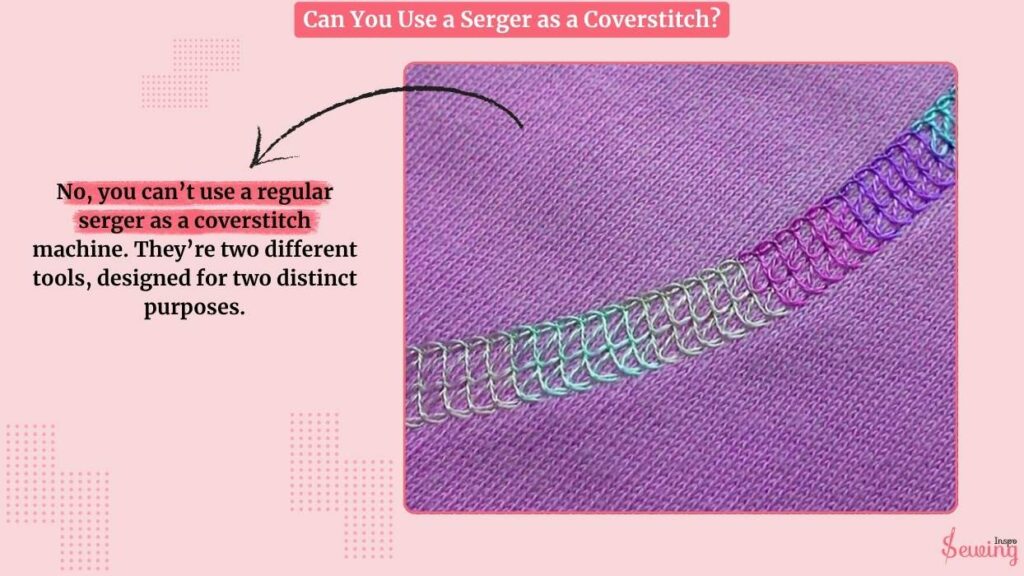
They Decide To Run A Test Stitching On Both Serger Vs Coverstitch
Right after we cleared that up, one of them grinned and said, “Okay then—let’s test it!” And just like that, we were off.
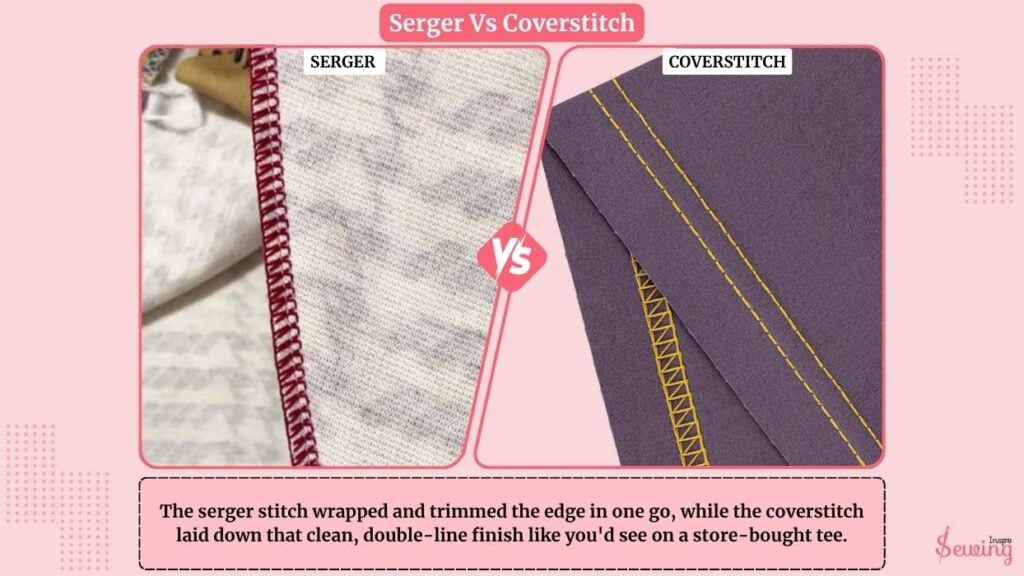
We grabbed some knit scraps and ran both stitches—serger (overlock) on one edge, and coverstitch on the hem. The difference was obvious right away.
The serger stitch wrapped and trimmed the edge in one go, while the coverstitch laid down that clean, double-line finish like you’d see on a store-bought tee.
They were hooked. “Whoa, now I get it,” someone said. Same machine family, totally different jobs.
Visual Differences: What They Noticed In Serger Vs Overlock Vs Coverstitch
As soon as the stitches were done, everyone leaned in.
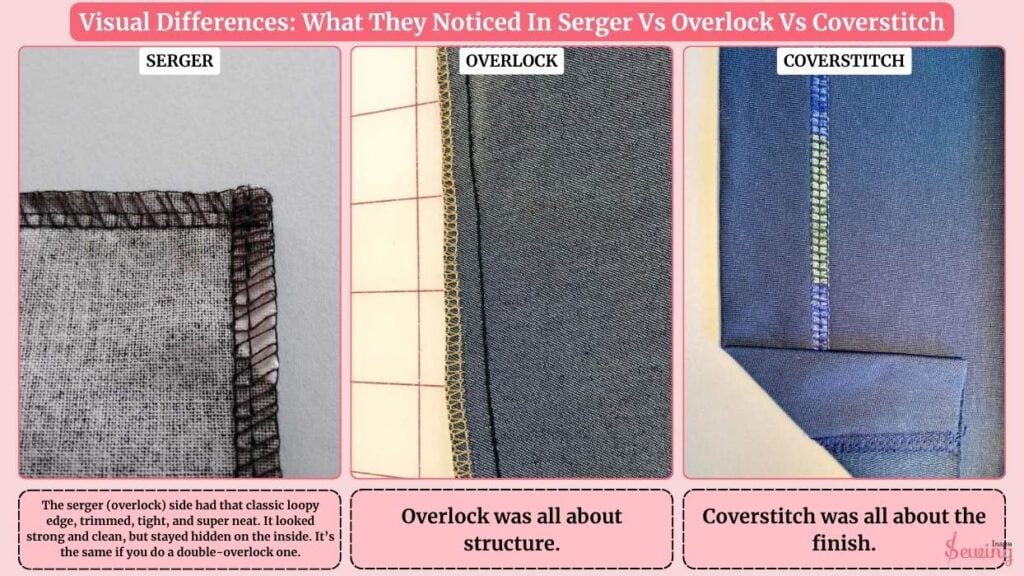
The serger (overlock) side had that classic loopy edge, trimmed, tight, and super neat. It looked strong and clean, but stayed hidden on the inside. It’s the same if you do a double-overlock one.
Then came the coverstitch. Two straight lines on top, looper threads underneath, and it lay perfectly flat. It’s kinda like flat stitch.
“This looks like a real T-shirt hem!” someone said—and yep, exactly that. They could literally see the difference.
Overlock was all about structure.
Coverstitch was all about the finish.
Functionality Differences Between Coverstitch Vs Serger
After the short talk, one of them took out a pen and paper and said to note down the differences. Here is a glance at it,
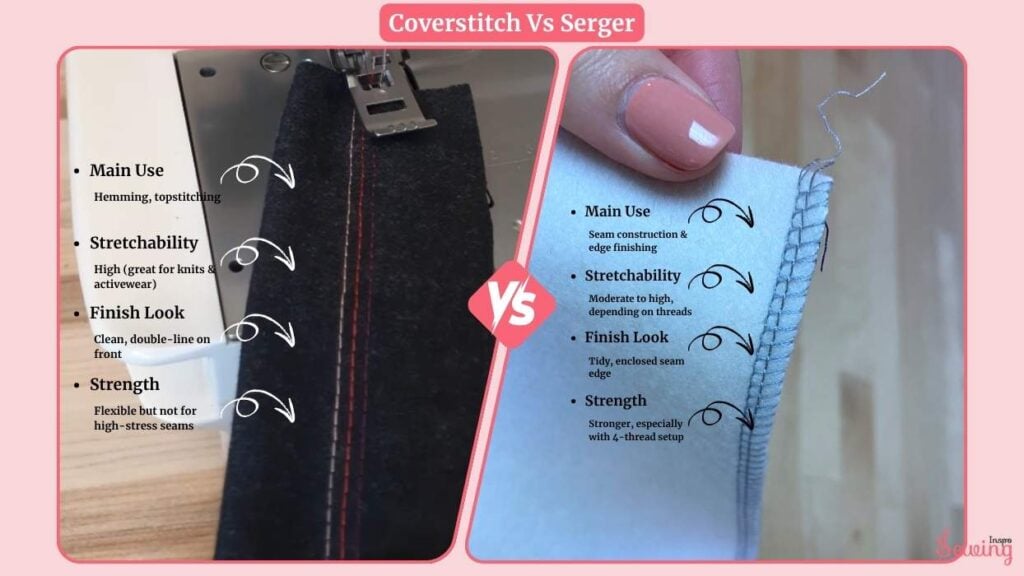
| Difference Era | Coverstitch | Serger (Overlock) |
| Main Use | Hemming, topstitching | Seam construction & edge finishing |
| Stretchability | High (great for knits & activewear) | Moderate to high, depending on threads |
| Finish Look | Clean, double-line on front | Tidy, enclosed seam edge |
| Strength | Flexible but not for high-stress seams | Stronger, especially with 4-thread setup |
So, Which One’s Stronger?
To settle the debate, I ran a quick poll asking: Which stitch do you trust more for strength—serger or coverstitch?
The votes came in fast, and honestly? Serger took the win, no contest.
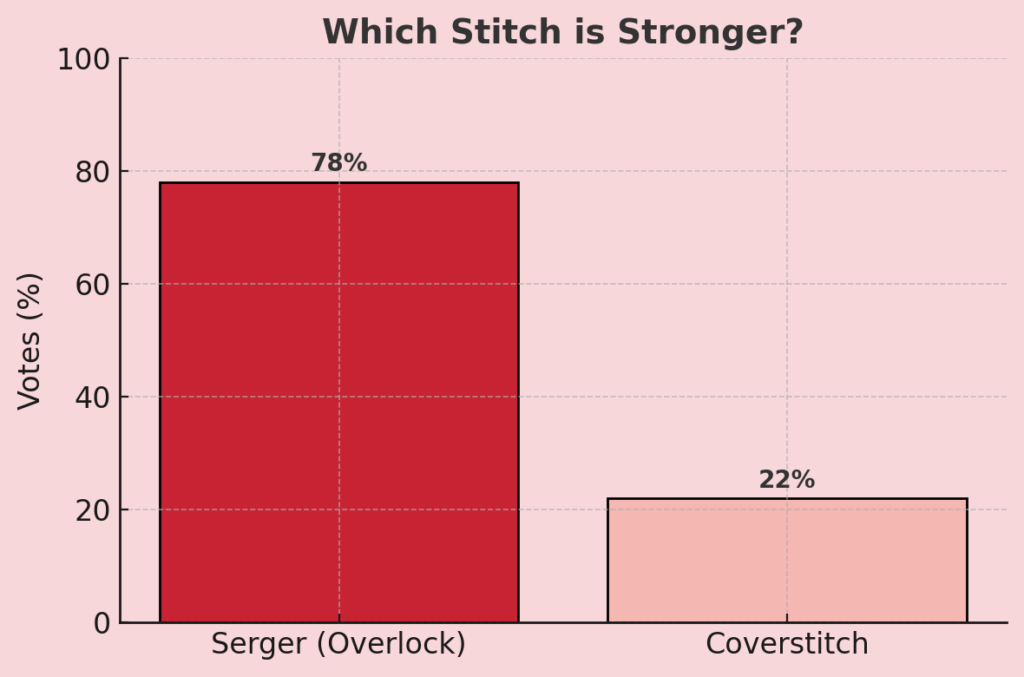
Most stitchers said they rely on serger stitches for items that need to withstand pressure, such as side seams, activewear, and children’s clothes, to name a few. It trims and locks everything in place.
Coverstitch received love too, but mostly for its clean finish and stretch, rather than its strength. A lot of people mentioned they use it after the serger does the heavy lifting.
One comment summed it up perfectly: “Serger holds it together. Coverstitch makes it look pretty.”
And honestly? Couldn’t agree more.
Frequently Asked Questions
Do I need both machines?
If you work a lot with knit fabrics (like making T-shirts or leggings), having both is super handy. But if you’re just starting out, a serger alone might be enough for now.
What’s a combo machine?
A combo machine is a 2-in-1 that allows you to perform both overlocking and coverstitching. The catch? Switching modes usually means changing threads, plates, and settings. A little more work, but it saves space.
Can I fake a coverstitch on a regular sewing machine?
Yes! Use a twin needle for the top and a zigzag or stretch stitch underneath. It’s not identical, but it mimics the look and function well enough for casual projects.
Which machine is better for knits?
Both have their role. The serger is great for assembling seams. The coverstitch shines when it comes to hemming stretchy fabrics without popping threads.
Warp Up
By the end of it, they all had that “aha” moment.
They realized it’s not about picking one over the other—serger and coverstitch actually work best together. One builds, the other finishes. Simple as that.
You use the serger to create strong, clean seams that hold everything in place…
Then bring in the coverstitch to give it that polished, stretchy fabric, professional hem that looks straight off a store rack.
Different roles, same team.


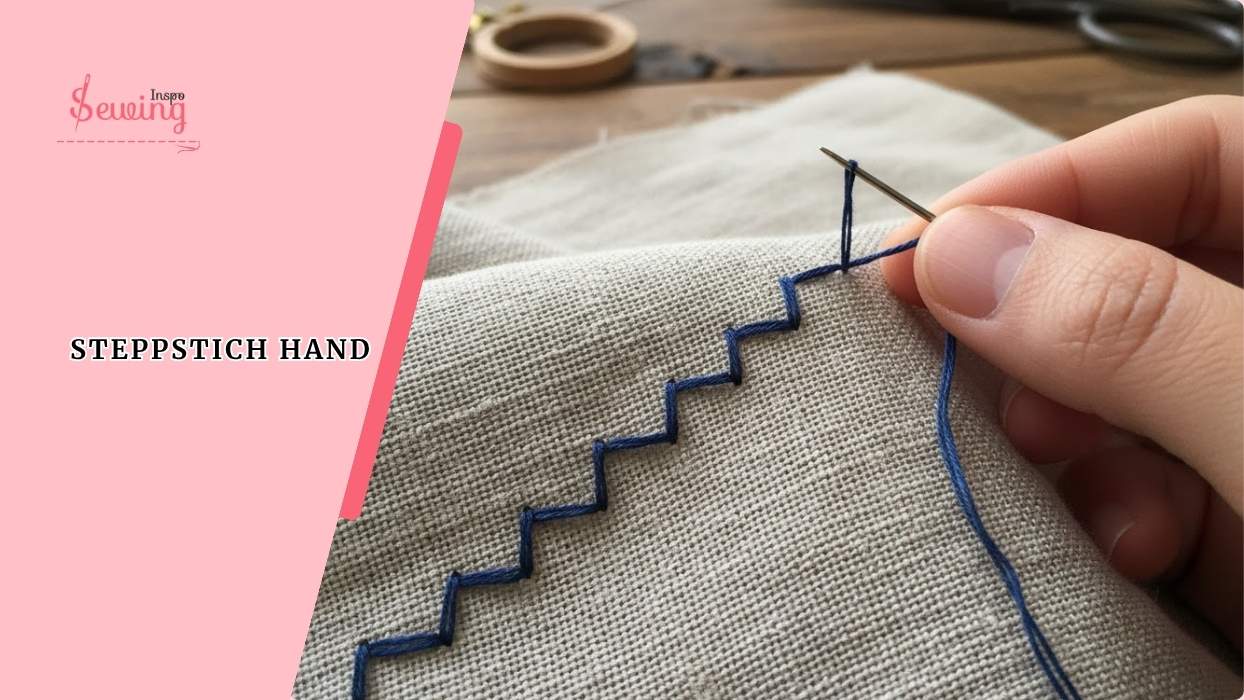
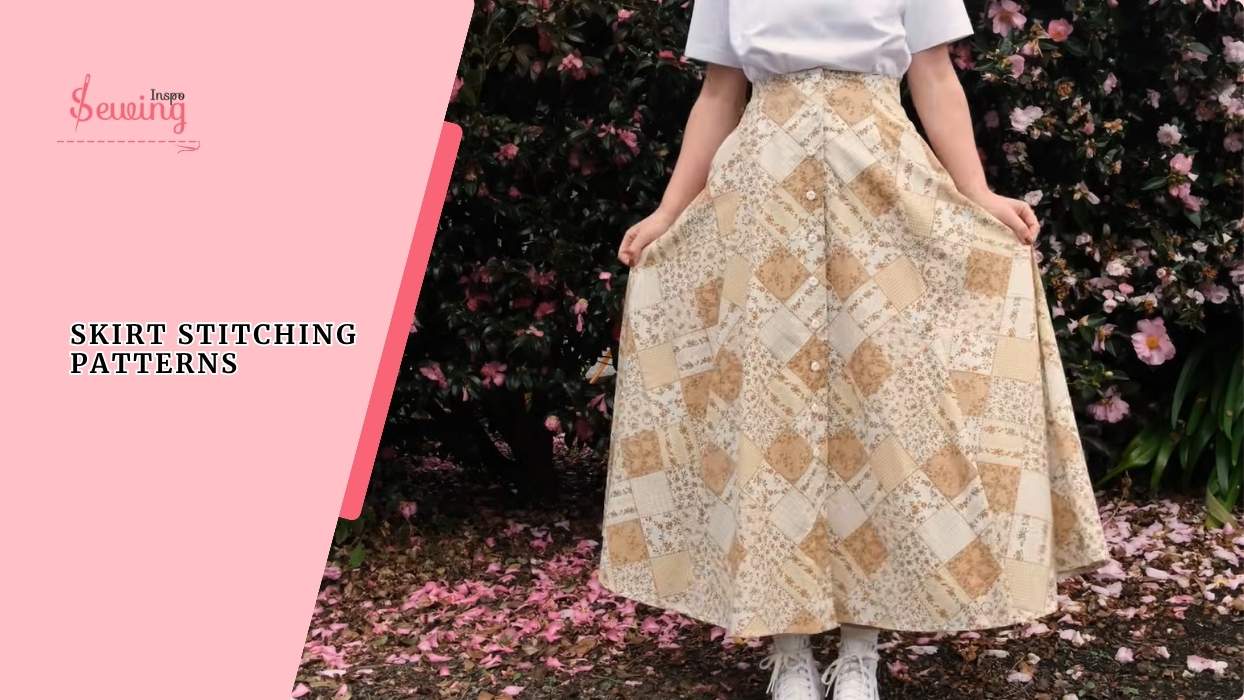
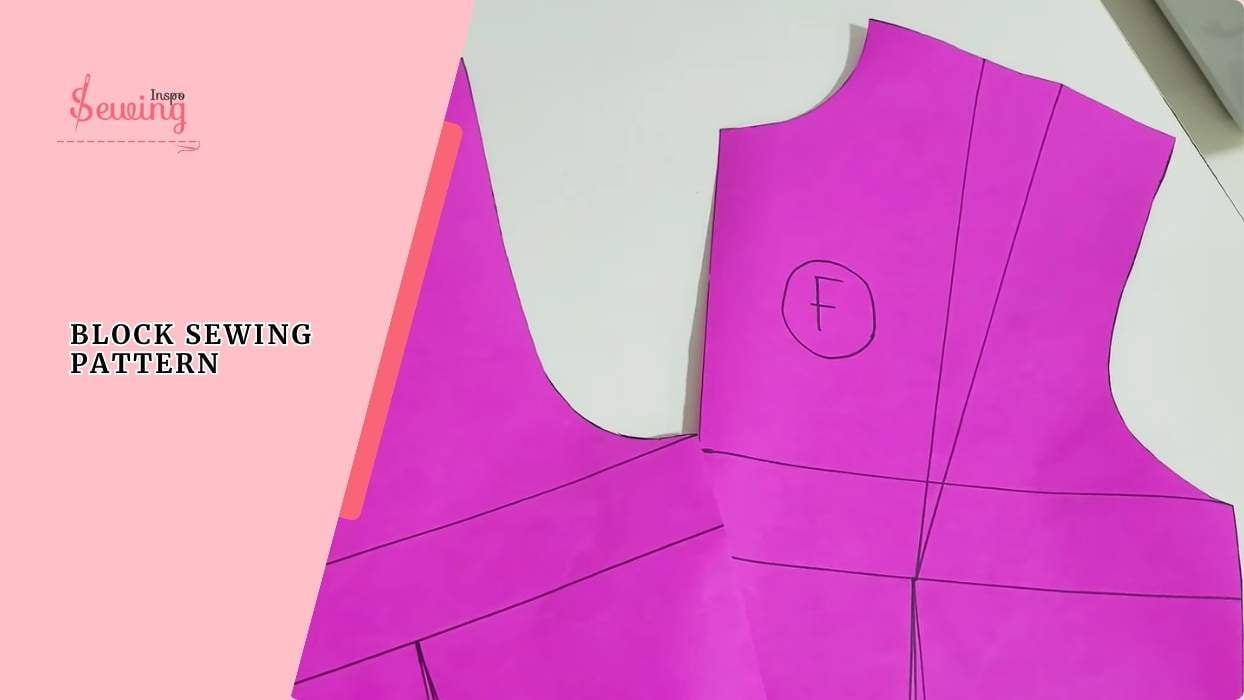
Leave a Reply